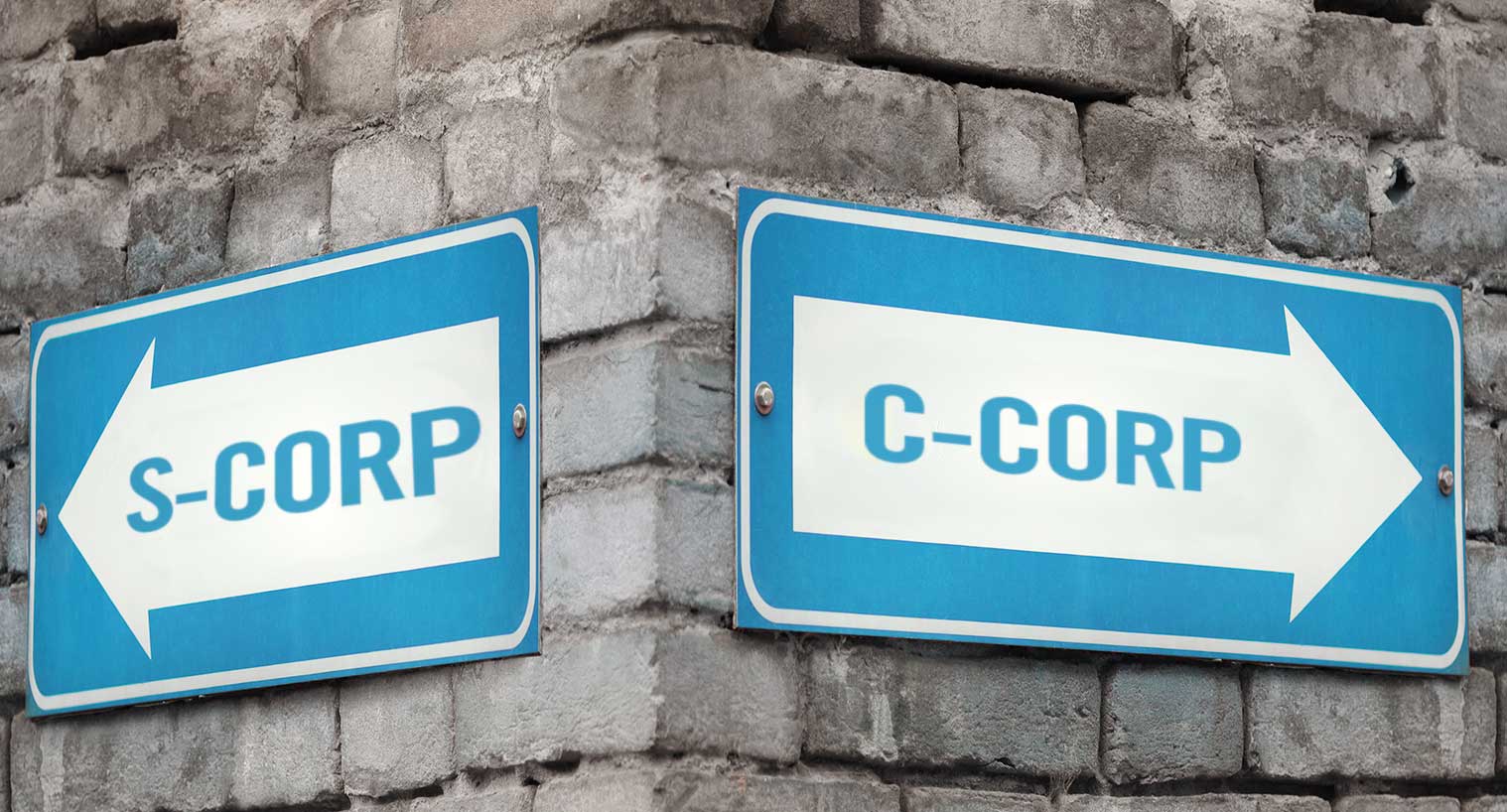S-Corporation Revocation
We have all had that discussion with our S-Corporation clients come tax time. They always say that they never took any distributions from their S-Corporation, so why do they have to pay tax? The simple answer is; you are taxed on profits and not ...
Apr. 24, 2018

The revocation of an S-Election shouldn’t be taken lightly. If a voluntary revocation occurs under IRC §1362 (d)(1), the corporation has a post-termination transition period (PTTP) defined under IRC §1377(b)(1) as PTTP. Basically, PTTP is defined as:
the period beginning on the day after the termination and ending on the later of (1) one year after the termination date, or (2) the due date for filing the final S corporation return (including extensions).
For example, if you have terminated an S-Corporation, and there is money that has been previously taxed, but not distributed, the corporation has one year to distribute their earnings and profits that were previously taxed, tax-free, under IRC §1371(e)(1).
Public Law (P.L. 115-97), has provisions that S-Corporations meeting certain requirements are allowed to treat distributions following the PTTP as coming from the company’s Accumulated Adjustments Account (AAA). These distributions would be tax-free to the extent of the shareholder’s basis. This opportunity is only afforded to S-Corporations that revoke their elections within the two-year period that P.L. 115-97 was enacted.
I have been very vocal about my reasonings for converting S-Corporations to C-Corporations. I converted at least 90% of my client base to C-Corporations this year. The convoluted formula to calculate IRC §199A was enough for me to convert, but then I was left with the monies in retained earnings that the S-Corporation didn’t distribute. Rationally thinking it out, I determined that the money had been previously taxed, and any distribution of said money would be tax-free up to the basis in the old S-Corporation.
We have all had that discussion with our S-Corporation clients come tax time. They always say that they never took any distributions from their S-Corporation, so why do they have to pay tax? The simple answer is; you are taxed on profits and not distributions. I always tell my client to take the money. The same applies here with an S-Corporation that has revoked their election. Caution should be entered here. Once the AAA has been depleted, any distribution from the converted S-Corporation would be a dividend to the new C-Corporation, thus taxing the profit twice.
I am not going to argue the point of the tax advantages of the new corporate tax rates. Most practitioners think I’m crazy, but I will state that this money is tax free, and can be used as a way to get your clients used to not taking a distribution along with their salary. Look at it as a one-year transition period.
One question that I have been asked about C-Corporations is the taxes that will be paid when the owner sells the business. My answer is IRC §1202 Stock. Even a former S-Corporation can elect to have Sect. 1202 Stock. How it works is the ownership of the stock (I’m saying stock, but if an LLC, it could be membership units), must commence with the original shareholder. If the stock is held for five years, and then sold, the first $10 million is tax-free. The question would be, who would buy the stock of a corporation? Very simply the attorney that is part of the deal, would just indemnify the new owners of any contingent liabilities, and everything is fine.
As you can see that there are many facets to an S-Corporation conversion to a C-Corporation. However, the taxes that are paid as a C-Corporation cannot be equaled by any other entity.
————-
Craig W. Smalley, MST, EA, is the Founder and CEO of CWSEAPA, PLLC. He has been admitted to practice before the Internal Revenue Service as an Enrolled Agent and has a Master’s Certificate in Taxation from UCLA. In practice since 1994, Craig is well-versed in U.S Tax Law and U.S. Tax Court cases, and specializes in individual, partnership, and corporate taxation for high-net-worth clients; entity structuring and restructuring; and representation before the IRS regarding negotiations, audits and appeals. Craig is currently a columnist for CPA Practice Advisor and AccountingWEB and has had 12 books published. His articles have been featured in publications including the Wall Street Journal, The New York Times, and Christian Science Monitor, and he has been interviewed and appeared as a featured guest on numerous radio shows and podcasts. Craig can be reached at craig@craigwsmalleyea.com.
